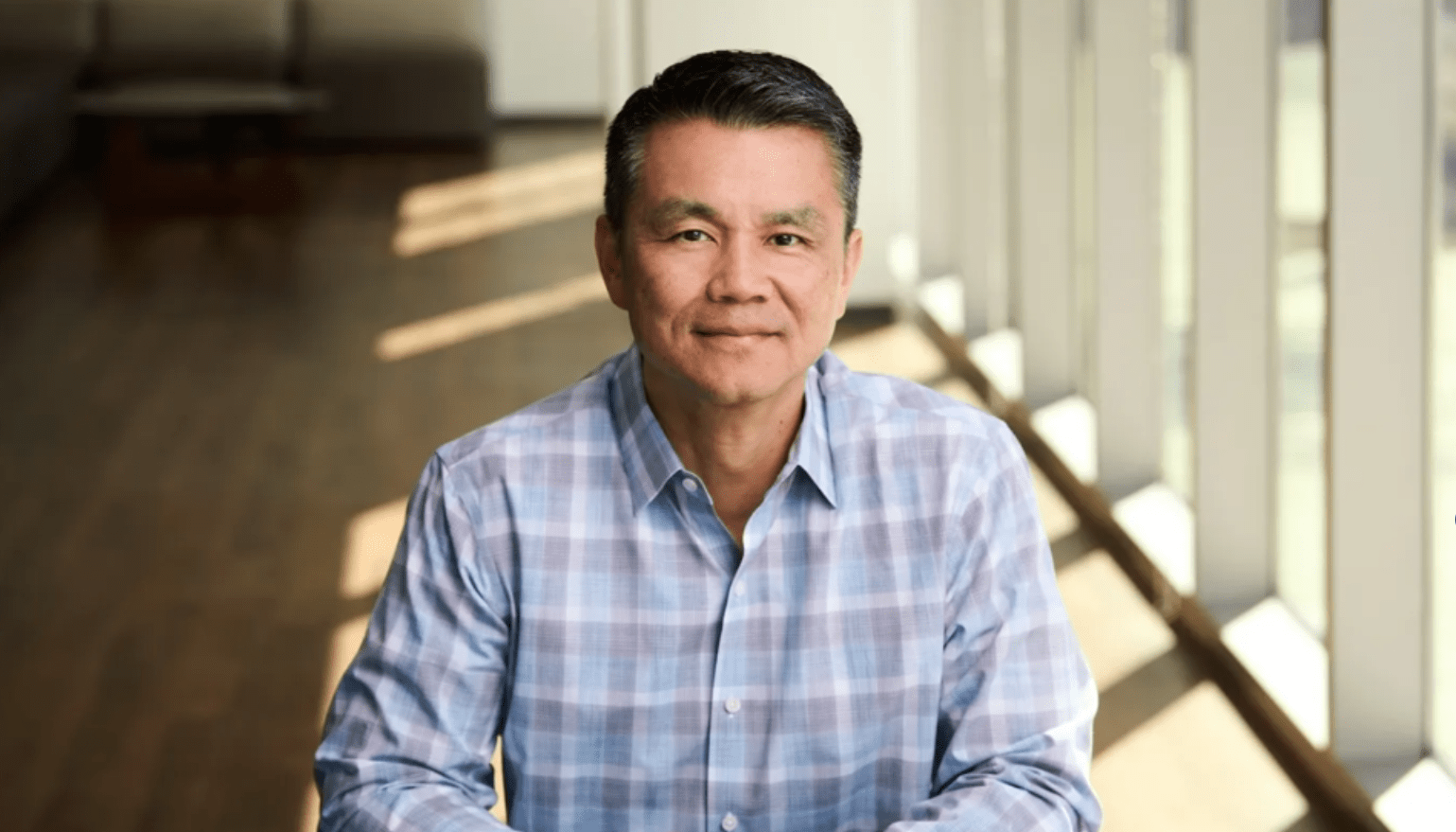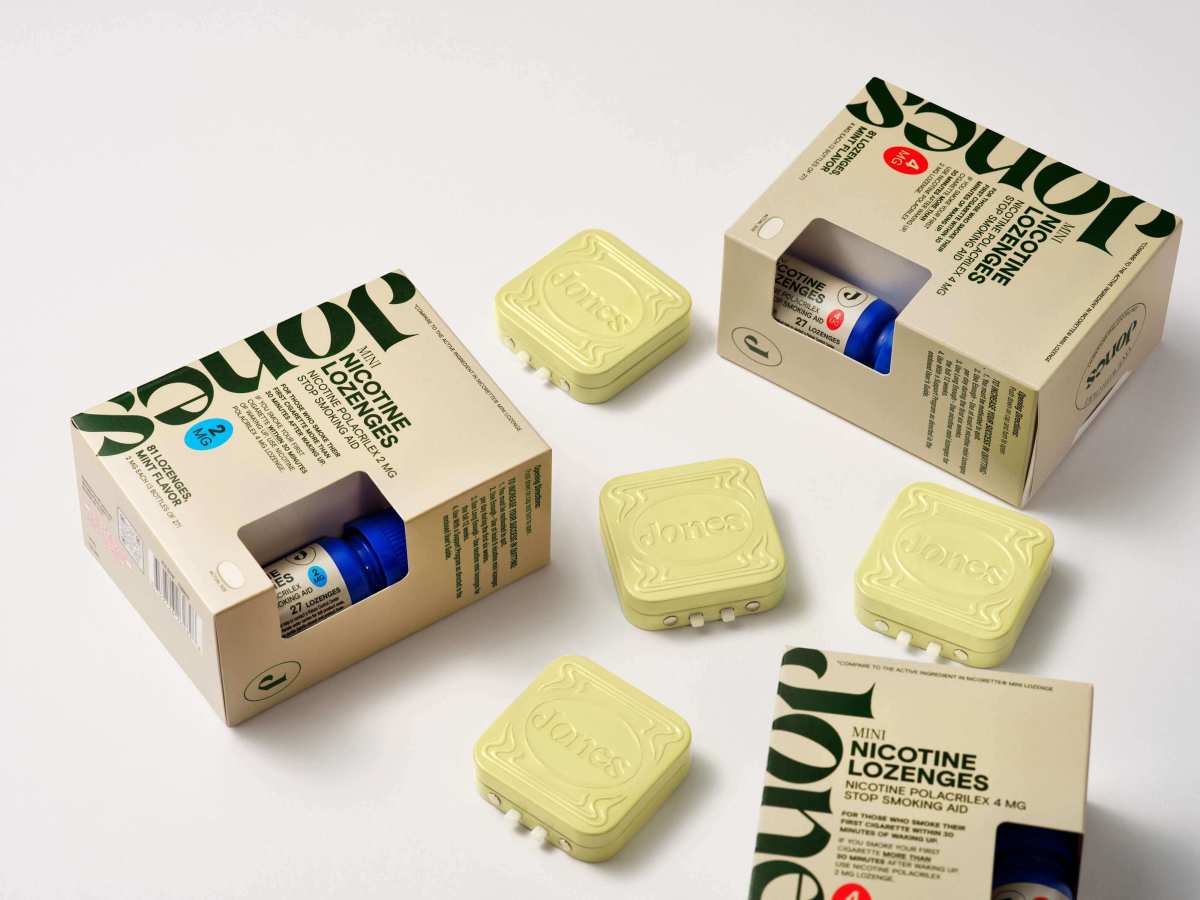Tim Reynolds, one of the founders of quant firm Jane Street Capital, which now trades trillions of dollars’ worth of securities annually, stepped back from the company more than a decade ago to concentrate on building art schools and private resorts to support them in some of the world’s most beautiful but economically challenged locations.
This article first appeared in issue 5 of Forbes Australia. Tap here for full access to this feature and much more by becoming a Forbes member.
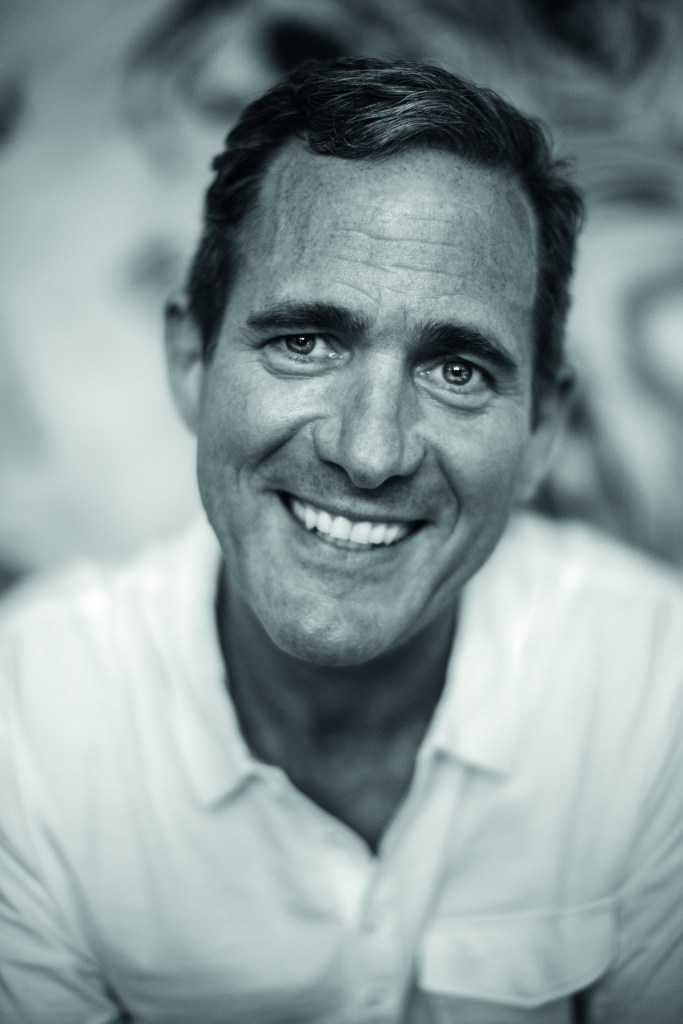
Tim Reynolds says he’s looking forward to getting old. Not the process of aging in and of itself – he just wants to see how his art school projects play out.
The former Wall St trader has established four art academies outside the US during the past ten years or so, supported by private resorts in the Dominican Republic, Thailand, Anguilla and Sri Lanka.
The schools are a unique proposition, offering free tuition (and financial support) to students while teaching them a system developed by American artist Anthony Waichulis, known for his hyper-realist, highly technical, trompe-l’oeil style.
The project is fully funded and does not take donations or contributions from the government.
The idea behind them is to empower students in developing countries with a skill allowing them to express themselves and earn an income and also spotlight the cultures they come from.
“[Eventually], I want to have art fairs, international art fairs, Central Park, Miami, Zurich, and just bring together art from all the students and graduates from around the world and showcase how this skill manifests itself in wildly different styles and tastes,” he says.
Called ÀNI Art Academies – the name derives from the Swahili ‘Andjani,’ which means the “road” or the “path ahead.” - the objective of the schools is to teach techniques and skills for the students to create work, not to try and influence the style of what they eventually come up with.
“We’re trying not to teach European art values to [these] students,” he says.
“I call it a full toolbox. When you graduate from an ÀNI Art Academies program, you have a toolbox allowing you to paint anything you want.”
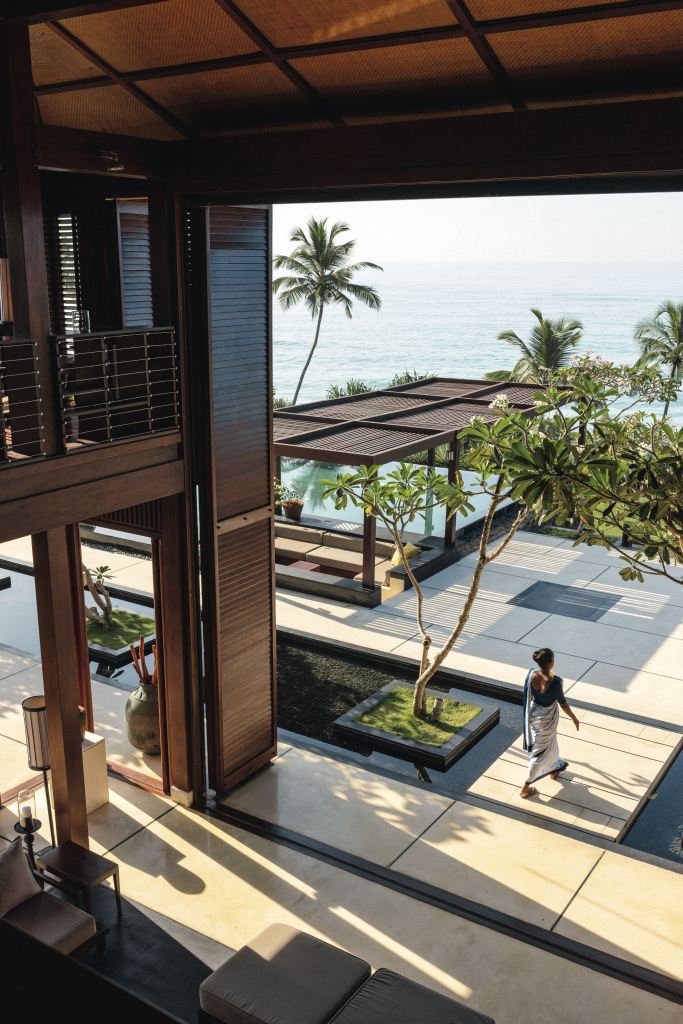
The genesis
In the early 1990s, Reynolds worked as a bartender at Club Med for six months before going to graduate school. “Just to let off a bit of steam and have some fun,” he says.
He wound up meeting his wife in Turks and Caicos, a British Overseas Territory to the south of the Bahamas.
“I wrote her a long letter, ‘Here’s my life plan; this is what I want to do. I want to move back down to somewhere in the Caribbean, live in a house, be a writer, build schools and be part of the community.’ And it’s amazing how close a lot of this sort of legendary 17-page letter is,” he says.
He went on to co-found quantitative and algorithmic trading firm Jane Street Capital around the turn of the century, which became extraordinarily successful and now has about 2000 employees in five global offices and trades in 45 countries.
Reynolds stepped back from the company, though, when he decided to concentrate on the ÀNI project.
“I got really interested in art, particularly in painting and drawing,” he says.
“And I credit Irving Stone with a lot of that, [his book] The Agony and the Ecstasy [about the life of Michelangelo] and Lust for Life [about Vincent van Gogh] where he makes a compelling case about two iconic artists that were more workaholics than gifted or talented.
“We can teach anybody how to paint really well in three to four years. But it’s work. It’s not talent. It’s work.”
Tim Reynolds
“And I thought, ‘Ooh, I know how to work hard. I’d like to learn how to paint.’ And so, I bought a bunch of books, and I realised you can only go so far, and I started trying to find a painter in New Jersey that could teach me.”
He found a tutor in Tim Jahn, who, Reynolds says, went from being an excellent artist to an amazing artist in about two years. When Reynolds asked him how this transformation had occurred, Jahn told him that everybody who studied with Anthony Waichulis was getting similar results.
“And so I thought to myself,” Reynolds says, “if you want to build education facilities in developing nations, you want to make provisions for people that didn’t have any opportunities.
“My point is, you don’t need to know who Napoleon was or the Pythagorean theorem or any history or science. If you follow these rigorous steps, we can teach anybody how to paint really well in three to four years. But it’s work. It’s not talent. It’s work.”
So how do the private resorts fit into the picture?
Reynolds says the schools were his priority, but he realised that they needed “context”.
“So a nice painting, if you see it for sale on the side of the road in the Dominican Republic next to donkeys, you’re never going to say, ‘Oh, that’s a $5,000 painting’. [You may say] Wow, that’s a really good painting. Let me see if I can get it for 20 bucks. But if you see it in a resort or gallery, it’s different,” he says.
“And then the beauty of all this is the impact that an $800 drawing makes on many of the families [of the students]. And then, as painters, a couple of thousand dollars sends more than ripples in these communities. It’s not going to fix all the problems, but it’s nice.”
As an example of what can be achieved, Reynolds cites that one of the students in the Dominican Republic built his mother a house with running water and electricity.
It’s what Reynolds calls a “virtuous circle”. The idea is one good thing brings another, which in turn brings yet another good thing.
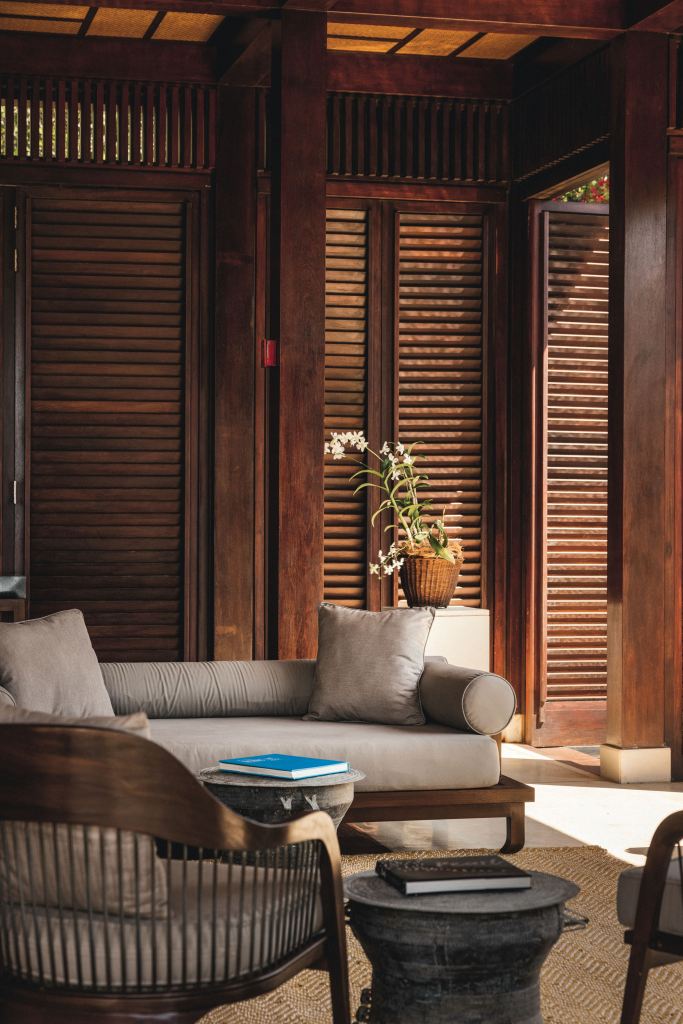
The importance of tourism
He maintains that for the communities he’s built the resorts in: “tourism is almost certainly the best plan to go forward for good-paying jobs and an equalization of opportunities… because there are fantastic beaches and [other] areas [so they] are always going to have that [attractive] geographical characteristic.”
So, once you start adding cafes and hotels and restaurants, there’s a substantial flow on effect.
And then you add galleries – and it’s there that the magic starts to happen, he says.
“I think galleries are a real tipping point. Galleries in town, cute little art galleries that you pop in and look at the art, get a drink at the bar next door, check out another gallery, and maybe bring some stuff home.
“The galleries elevate beach communities. If you go up and down the Gold Coast of California, the more expensive towns all have cute art galleries. People buy a house on the beach, and the first thing they do, they want to buy art.
“Art is a great story. If you come over to somebody’s house and say, ‘Oh, that’s a nice painting you have there in your dining room. What’s that? It’s a Buddha. I was in Sri Lanka, and I went to this art school. I met this young woman. She’s a rising star. I kind of discovered her, sort of. But she’s a really great kid, so I bought this painting. And you say: Wow, that’s a great story. That’s a great painting. That’s $5,000 well spent.”
“The main thing is that the guests that stay at the resorts, almost all of them want to visit the art academies. It’s an interesting thing to see. And the artists are very good, as you’ll notice. So that’s a great way to move the art. And that’s one of our main goals is it’s great to have a lot of new up-and-coming artists, but we need to get that art out into the world to be seen, experienced and, frankly, demanded.”
As an aside, Reynolds points out that the artists receive 100% of the sales price of works that have been sold through the resorts – no gallery commission is taken.
But he is nothing if not a realist, and he admits it’s only part of the solution to the problems in these areas, saying there’s definitely more than one thing that needs to be fixed.
“But it helps,” he says.

Equality of opportunity
He points out that while income inequality is a problem, what he really gets worked up about is opportunity discrepancies.
“That you’re born in a certain spot, no matter how hard you work and what you do [you] can’t get an education.
“You’re stuck at the beginning. That’s what keeps me up at [night],” he says.
“If you happen to miss out on six years of education, for some reason or you [had] to help dad work construction because everybody in the family’s sick. It’s really hard for those people to ever catch up, much less even give it a shot.
“I don’t think art is the only way to do this. Just to me, it seemed like a mechanism to connect rich tourists with brilliant people that otherwise wouldn’t have the opportunity to meet and interact with them and do so at a high level.”

Joy
But there’s another reason Reynolds does this, and that’s because it makes him happy.
“It’s the most fun thing in the world you could imagine,” he says.
“I get to go paint with these students. I get to experience their success.
“I took a sabbatical in 2012 to focus on the art academies, and by the end of 2012, I realised it was a much, much bigger job than I predicted. And I’m fortunate to have the liberty and the partners and the friends at Jane Street to allow me to pursue these goals.”
What is Jane Street Capital?
Co-founded around 2000 in New York by Tim Reynolds, Rob Granieri, Marc Gerstein and Michael Jenkins, it became noted for trading US and international ETFs.
The firm now has more than 2,000 employees and five global offices.
It trades asset classes in 45 countries, including debt, options, cryptocurrency and equities.
Media reports suggest the firm traded around $US17 trillion in securities in 2020.
The Resorts
There are properties in Anguilla, The Dominican Republic, Thailand and Sri Lanka.
They are designed for a single group accommodating up to 20 or 30 across 10 to 15 suites. Bookings are from six rooms (so groups of 12 people) where they have exclusive use of each property.
Thailand, Sri Lanka, and the Dominican Republic operate on an all-inclusive basis. ÀNI Anguilla offers inclusions with half-board dining.
All ÀNI resorts have a one-to-one staff/guest ratio.
In Sri Lanka, prices start at US$13,000 per night for six suites, excluding taxes and service charges.
Prices include three meals a day, traditional afternoon tea, snacks, free-flow beverages including premium spirits and cocktails, Ayurveda lunch in a colonial house, tuk tuk tours, cooking classes, archery, spa treatments, transfers and laundry … and a whole bunch more.
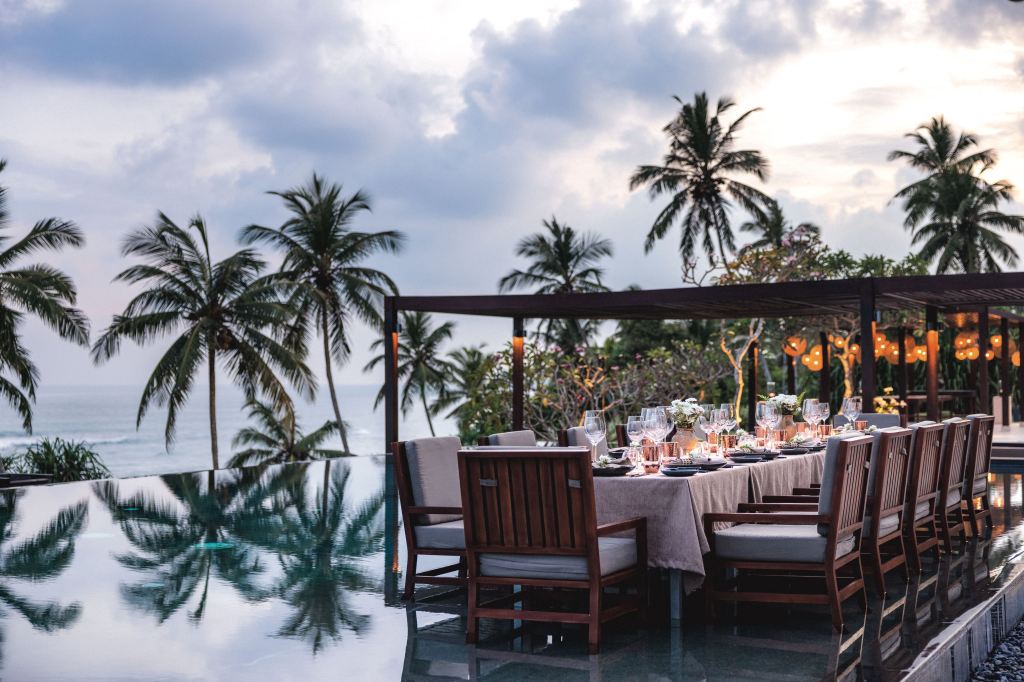
A friendly reality check
We had an appointment to see the Buddhist monk at a nearby temple to chat and take some photographs for this article.
It was early morning; the light was magical. The surf was pounding on the beach, the heat was building, and we’d hiked aways along the sand.
When we arrived at the temple, it was deserted, and when we finally found a caretaker, he told us the monk had gone into town to administer to a person who was seriously ill. And no, he hadn’t called and told us. We weren’t a priority.
The initial frustration at this turn of events was quickly replaced with a reality check, no, we weren’t the priority, and the monk was right. We shouldn’t be.
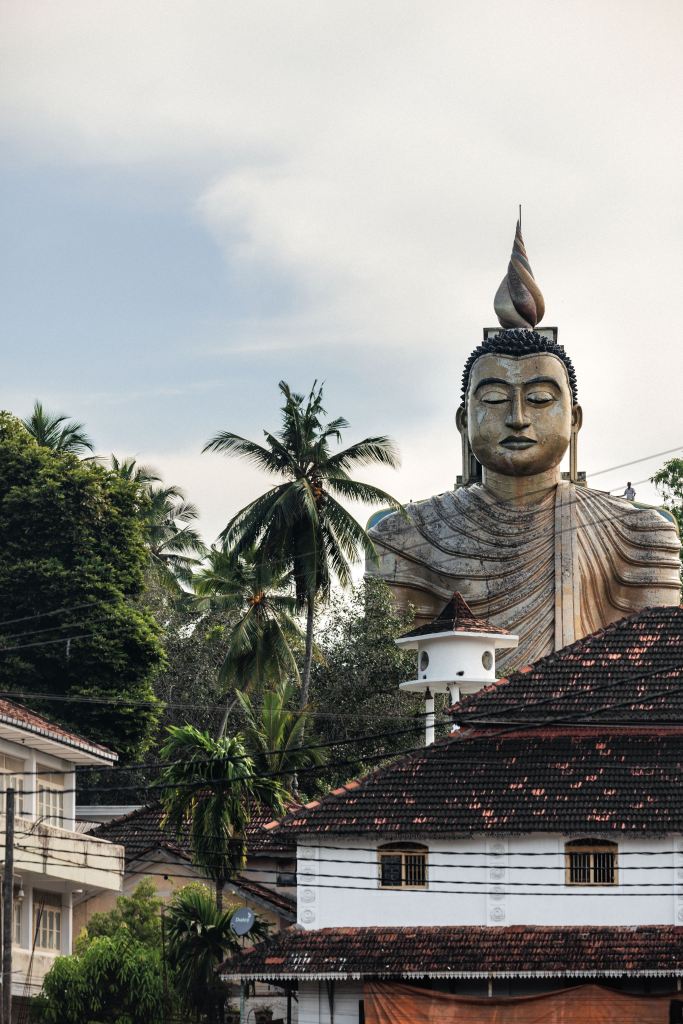
I was staying a couple of nights at the ÀNI Sri Lanka.
It’s beautiful. Extraordinary. A paradise with infinity pools, cultured lawns, a beach, spa treatments, dawn yoga classes, and fine cuisine – a haven of luxury set on the verdant south coast near the town of Dikwella.
The rooms are spacious and private, every amenity you could possibly want is provided, and what’s more, most of them open up to a splendid Indian Ocean view.
As with all the ÀNI resorts, the staff ratio is pretty much one-to-one.
The main attraction of the ÀNI model is the fact that they are private resorts. You can only book the whole property, so by default, you and your family or guests have it to yourselves.
That may well be the attraction, but beauty is in the details.
From the delightful carved wooden chess set sitting on one of the tables at the bar, the loungers set in the water of the pools, the small equine sculptures that decorate the dining room, the fresh orchids that surprise you when you round a corner to the incredible meals crafted by executive chef Cyril Human (who’s been at the resort for eight years – previously at Amanwella) – it really can’t be faulted.
Having said this, the joy factor here is harder to define.
This brings me back to the monk and our reality check.
The difference here is the people you get to deal with. There seems to be a genuine sense of friendliness and charm, not obsequiousness – they’re here to help, invite you into their environment and make sure you experience the best it has to offer. Authenticity is a word that’s bandied about in the travel industry. It’s not a favourite of mine because it’s largely meaningless.
Still, at ÀNI Sri Lanka, there is a sense that despite the resort’s privacy, you are also engaged in the place and the culture in which it is situated.
Meaningful excursions outside the resort – not least amongst them a visit to the art academy referenced in the main story – help with this, for sure. But somehow, through everything from the architecture and the décor to the cuisine, but especially the people, the experience, which admittedly was quite brief, somehow transcends a “resort stay” and becomes something more meaningful.
The author travelled courtesy of ÀNI Private Resorts
